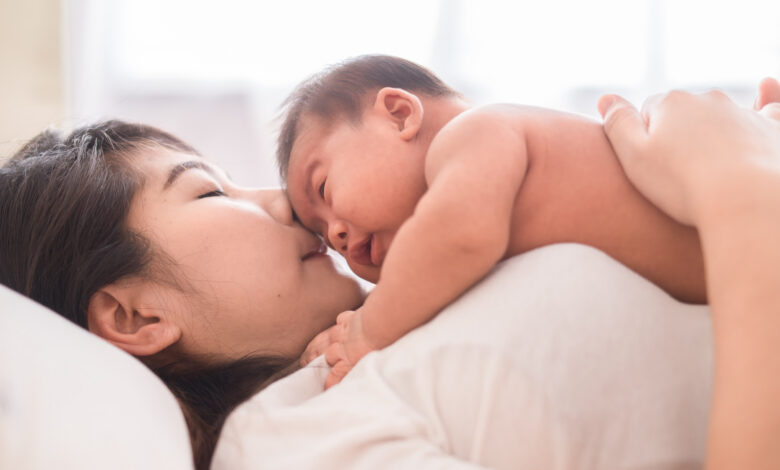China’s Record-Low Fertility Rate Raises Questions

In a recent report from Hong Kong, China’s fertility rate has reached an all-time low of 1.09 in 2022, according to the National Business Daily. The figure, provided by China’s Population and Development Research Center, places the country’s fertility rate as the lowest among nations with populations exceeding 100 million. This alarming trend is setting off alarm bells within Chinese authorities, who are grappling with the challenge of boosting the declining number of births in the country.
China’s fertility rate is already among the lowest globally, sharing this distinction with countries like South Korea, Taiwan, Hong Kong, and Singapore.
The situation has prompted significant concern, given China’s first population drop in six decades and the rapid aging of its population. In response, the Chinese government is implementing a range of measures aimed at raising the birth rate. These include financial incentives and improved childcare facilities.
President Xi Jinping himself presided over a meeting in May to address this pressing issue.
Beijing is prioritizing education, science, and technology to enhance population quality while aiming to maintain a “moderate fertility” level to sustain future economic growth. However, numerous challenges have contributed to the declining birth rate, particularly for women.
Gender discrimination and entrenched traditional views about women’s roles in child-rearing continue to persist across the nation. While there has been increased rhetoric around shared parental responsibilities, the availability of paternity leave remains limited in most provinces.High costs associated with childcare and the need for women to leave their careers to care for children have discouraged many from having more children or even having any at all.
The impact of these trends is not confined to mainland China alone. Hong Kong, a special Chinese administrative region, is witnessing similar challenges. According to the Hong Kong Family Planning Association, the percentage of childless women in the region has more than doubled over the past five years, reaching 43.2% last year. Additionally, the number of couples with only one or two children has significantly declined. Moreover, the average number of children per woman has plummeted from 1.3 in 2017 to a record low of 0.9 last year, as highlighted by the association’s survey.
The situation underscores the complexities of addressing the declining birth rate in China.
The issue goes beyond economic incentives and touches upon deeply ingrained societal norms and structural challenges. As authorities work to implement measures aimed at reversing the trend, finding comprehensive solutions that balance career aspirations, childcare costs, and societal expectations remains a formidable task. The pursuit of a more balanced fertility rate is crucial not only for the well-being of families but also for the sustainable growth of the nation.





